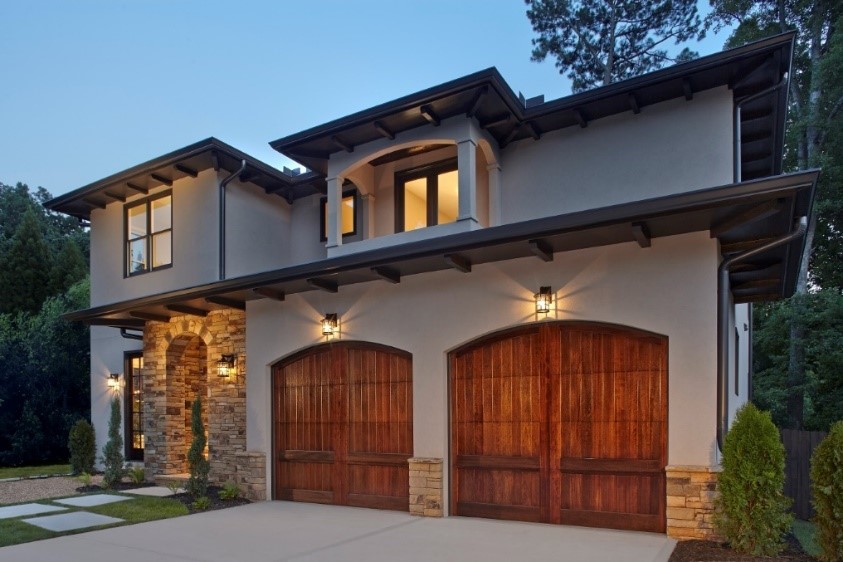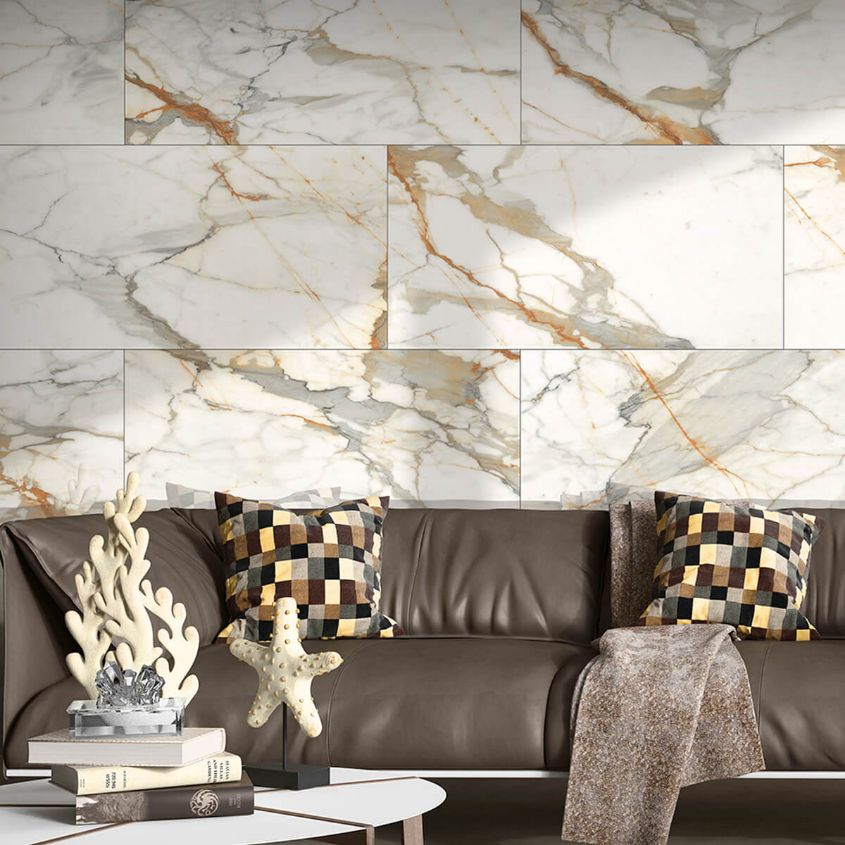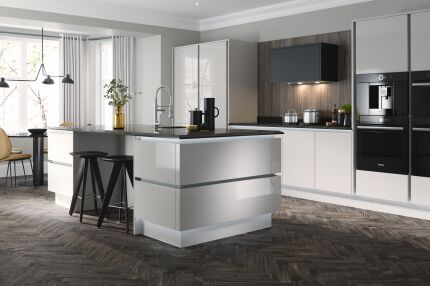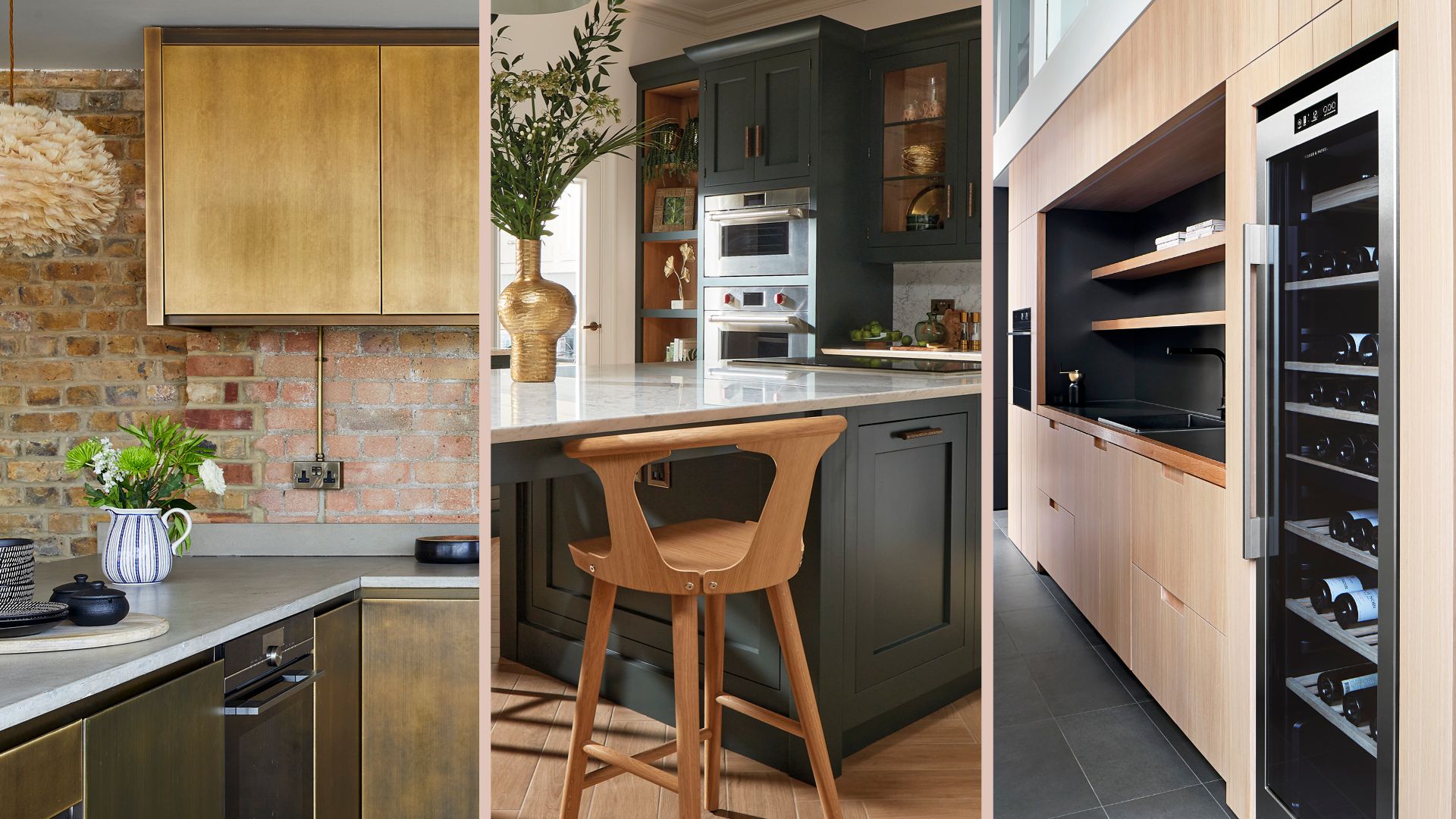A Guide to Front Door Replacements

File Photo
The front door to your house must be tough, yet nice and gracious able to withstand wind, rain, scorching sun, and would-be intruders, yet make a good first impression. Most older ones are made of wood or wood veneer, both of which warp, crack, and delaminate after years of exposure to the elements. Metal doors don't last forever, either—the surface on some older steel doors can peel.
How to Replace a Front Door
Sometimes replacing a door means simply exchanging one door, called a slab or blank, for another. But in some cases you'll have to rip out and replace the old door framing, which includes the door jambs and threshold — especially if these wood members have begun to rot.
Even if the old door frame is fine, the wall studs it's nailed, it can bow and settle out of the square. This makes it difficult to open and close the door. To make a new wood door fit an out-of-kilter frame, you'll need to plane the top and bottom or even trim one of these edges so the door hangs correctly. This is only an option with a wood door; metal and fiberglass doors can't be planed or cut.
Pre-hung Front Doors
Most new doors are pre-hung, which means the door hangs on hinges within a new frame (these systems also include some form of weather stripping. Pre-hung doors are an ideal choice if the old frame is bad or if you're removing the frame because you want to enlarge the opening.
If you're replacing your old door with a pre-hung unit, first determine if you need a left- or right-hand door. Stand in the doorway and face outside. If the lockset is on your right, you have a right-hand door.
Door Replacement Kits
An alternative to replacing the entire frame is to use door-replacement kits, However, these kits slightly reduce the original opening, they're available in only a few sizes, and they can't be installed over rotted jambs.
Most manufacturers offer dozens of door styles, and you'll find a broad selection at lumberyards, home centers, and door dealers. Or, design your own door. Some manufacturers let you specify the types of panels and glass options you want. But these doors have to be specially ordered and take two to eight weeks for delivery. A third option is to have a local woodworker or millwork shop build a wood door according to your specifications. Again, the drawbacks are time and money.
Wood Doors
Wood doors are the most common. Versatility and beauty are their strong suit. Natural-finish stock and custom wood doors come in oak, cherry, walnut, mahogany, maple, fir, and pine. You'll also find paint-grade doors in several softwood varieties, such as pine and western hemlock.
Many stock wood doors are a sandwich of wood-veneer skins over an engineered-wood core. This configuration minimizes the expansion and contraction that cause warping.
When shopping for pre-finished wood doors, look for durable stains and clear finishes, such as polyurethane. High-gloss sheens offer the best protection for painted doors. Whichever finish you choose, apply it to the top and bottom edges. This helps prevent a wood door from absorbing moisture and swelling.
Also look for careful detailing. As a rule, the more intricate the carvings and moldings, and the thicker and wider the stiles and rails, the better the door
ENTRY DOORS are the only opportunity to add decorative glass accents on most homes. The Cambria door from Simpson contains leaded glass in a variety of designs.
Steel Doors
A steel door is your best bet if security and durability are top priorities. Steel units are stronger than wood or fiberglass doors, and they won't crack or warp. Any dents or dings on these doors can be pulled and puttied with an auto-body repair kit.
All steel doors have an inner frame made of wood or, for greater strength, steel. Most steel doors are coated with a baked-on polyester finish that requires periodic repainting. Premium versions get a vinyl coating similar to the one on vinyl-clad windows for greater weather resistance. Some even have a stainable wood-fiber coating or, on really high-end versions, a laminated-wood veneer.
Steel doors usually are part of a pre-hung system. But if you're simply lifting the old door off its hinges and hanging a new one, remember that steel doors come with hinges attached or holes for the hinges predrilled. Also, if you choose an embossed wood grain, make sure it runs horizontally on the rails and vertically on the stiles
Fiberglass-Composite Doors
Fiberglass-composite doors are tough and maintenance-free and are a smart choice for harsh or humid climates. They mimic the look of wood with wood-grain texturing and can be stained to match oak, cherry, walnut, and a variety of other woods. Beneath their molded surface is a framework of wooden stiles and rails, including wood edges for the lockset. Voids in the framework are filled with polyurethane foam insulation.
As with steel doors, make sure that the embossed wood-grain pattern runs horizontally on the rails and vertically on the stiles, like real wood grain. And if you're installing just the door, be sure the hinges line up with the existing frame.
Aluminum Doors
Aluminum doors, like steel units, use an insulation core covered by a metal skin. Unlike other door systems, however, aluminum versions are sold exclusively through dealers. Each is custom-built to your opening.
Source: Joycelyn Marigold




.jpg)










































